If you’re looking to add bold flavors and striking foliage to your herb garden, mustard plants are a fantastic choice. These versatile greens aren’t just for culinary use — they also offer ornamental beauty with their bright leaves and cheerful yellow flowers. Mustard plants are easy to grow, fast-maturing, and known for both their edible leaves and seeds, making them a favorite for kitchen gardeners. Let’s explore 6 wonderful mustard plant varieties you’ll love growing in your herb garden!
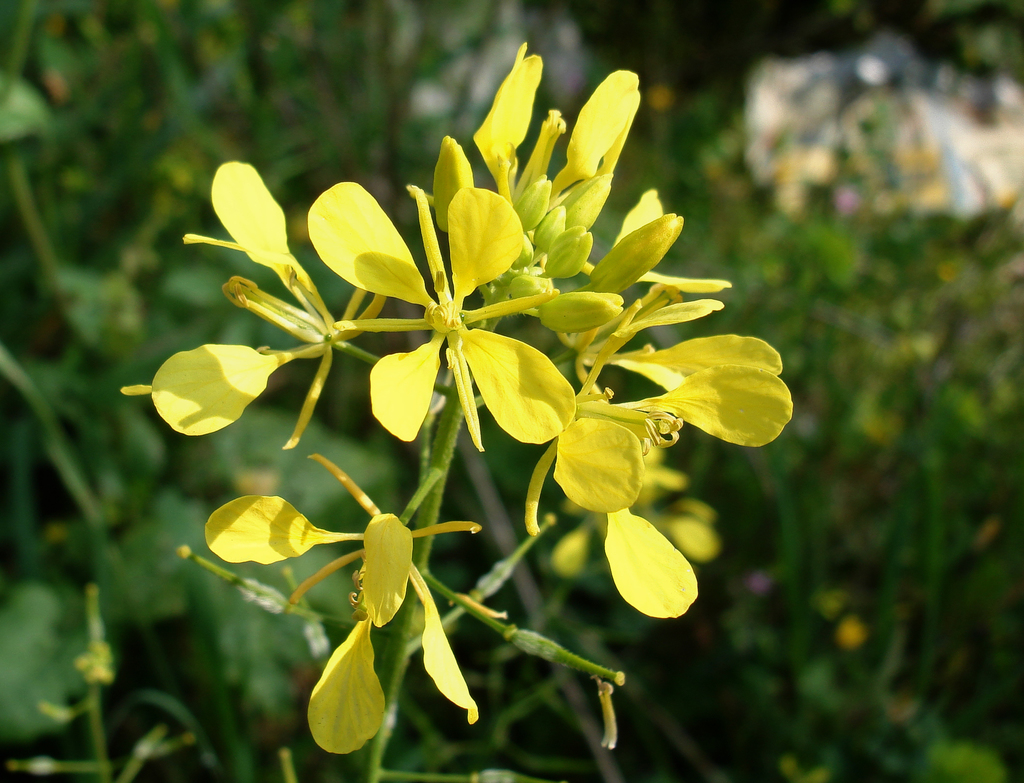
1. White Mustard (Sinapis alba)
White Mustard is perhaps the best-known variety, famous for producing the seeds used in classic yellow mustard condiments. It’s a fast-growing annual with pale yellow flowers and light green leaves, both of which are edible. White mustard prefers full sun and well-drained soil, and it’s often sown in early spring or fall. Its mildly peppery leaves are great for fresh salads or stir-fries, while the seeds are commonly harvested for pickling and homemade mustard sauces. Plus, it’s excellent for improving soil health as a green manure crop.
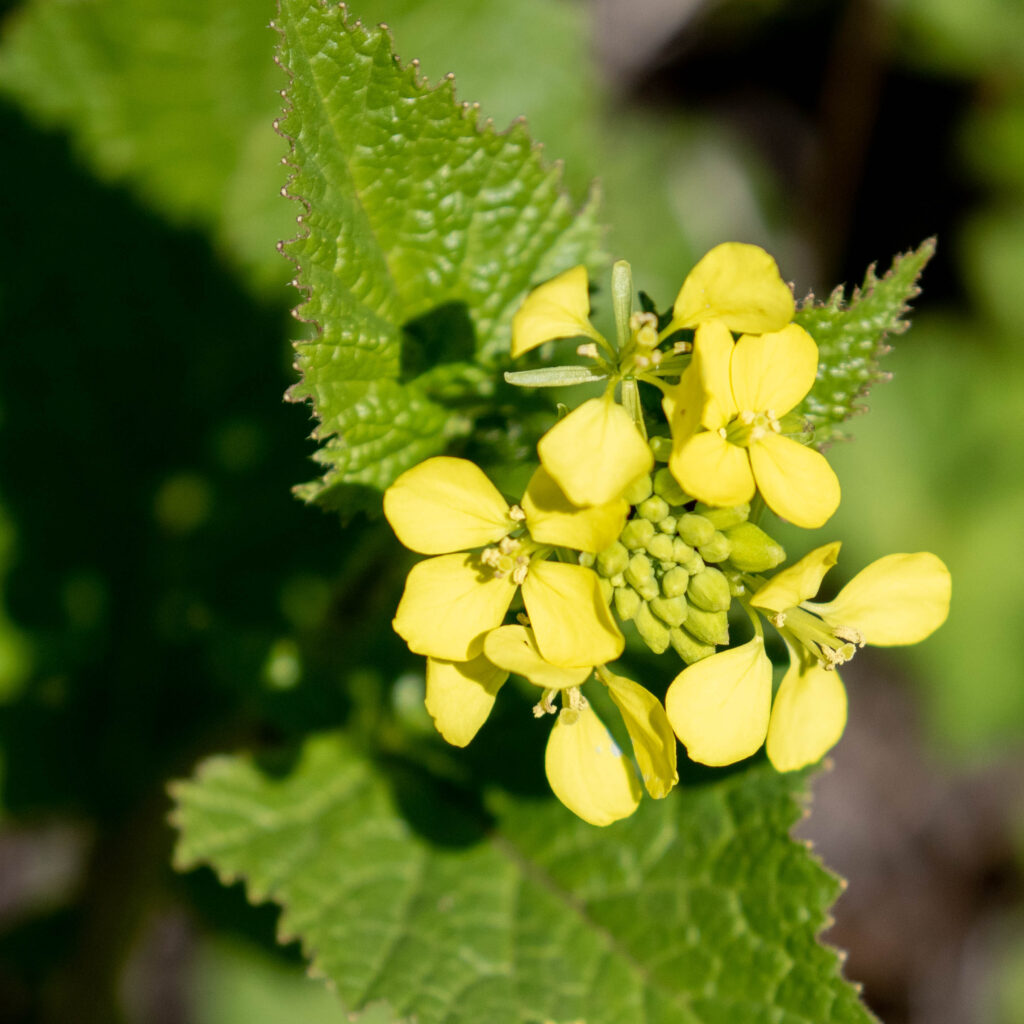
2. Black Mustard (Brassica nigra)
With its strong, bold flavor, Black Mustard is a favorite in Indian, Mediterranean, and Middle Eastern cooking. This variety produces small, dark seeds often used in spice blends and pickles. The plant itself grows tall, with bright yellow flowers and deeply lobed green leaves that have a zesty, peppery taste. Black mustard thrives in sunny locations with rich, well-draining soil. Its seeds, when ground, make a pungent and flavorful mustard paste. It’s a versatile addition to herb gardens for both culinary and ornamental appeal.
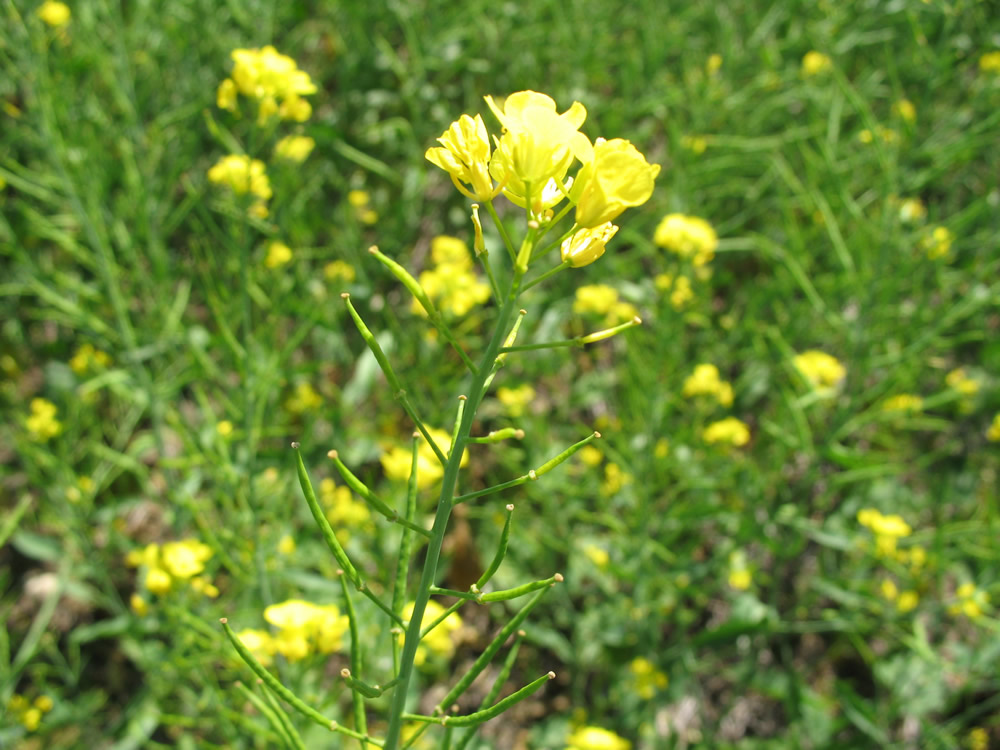
3. Brown Mustard (Brassica juncea)
Brown Mustard is highly prized for both its tender, spicy leaves and its robust seeds, used in Dijon-style mustards. This hardy, cool-season plant grows 1-3 feet tall, boasting dark green, slightly frilled leaves and clusters of small yellow flowers. The leaves can be harvested young for a milder flavor or later for a stronger, peppery bite. It grows best in full sun with well-drained, fertile soil. Brown mustard is ideal for pickling, cooking, or making zesty homemade mustard, and its quick growth makes it a rewarding crop for home herb gardens.

4. Chinese Mustard (Brassica juncea var. crispifolia)
Known by several names like Gai Choi or Mustard Cabbage, Chinese Mustard is a leafy green commonly used in Asian cuisine. It features thick, crinkled leaves with a sharp, peppery flavor and grows well in cooler seasons. The plant reaches about 1-2 feet in height and is as decorative as it is tasty, with its lush green foliage standing out in herb beds. It prefers full to partial sun and moist, well-drained soil. Chinese mustard is typically enjoyed stir-fried, pickled, or added to soups and noodle dishes.

5. Southern Giant Curled Mustard (Brassica juncea ‘Southern Giant’)
Southern Giant Curled Mustard is a classic heirloom variety popular in southern U.S. cooking. It features large, curly, deep green leaves with a bold, spicy flavor that mellows when cooked. The plant grows quickly, reaching heights of 2-3 feet, and produces yellow flowers that attract pollinators. Best grown in full sun and nutrient-rich, moist soil, it’s ideal for successive sowing in early spring and fall. The leaves can be harvested young for salads or later for steaming and braising, making it a versatile addition to kitchen and herb gardens.

6. Red Giant Mustard (Brassica juncea ‘Red Giant’)
For those seeking a splash of color in their herb garden, Red Giant Mustard is an eye-catching choice. This beautiful variety boasts large, broad leaves tinged with deep burgundy and green hues. Its leaves have a bold, wasabi-like heat when eaten raw and a milder taste when cooked. The plant grows up to 2 feet tall and thrives in cooler weather with plenty of sun and well-drained soil. Besides its culinary uses in salads, sautés, and soups, Red Giant adds ornamental flair to herb borders and mixed vegetable beds.
Final Thoughts
Mustard plants are more than just kitchen staples — they bring vibrant textures, flavors, and colors to any herb garden. Whether you love the tender greens for cooking or the flavorful seeds for pickling and seasoning, there’s a mustard variety to suit your taste. Try mixing a few of these 6 versatile mustard plants to create a garden that’s as beautiful as it is edible. Not only will your dishes burst with fresh, peppery flavors, but your garden will also be richer, healthier, and more diverse.

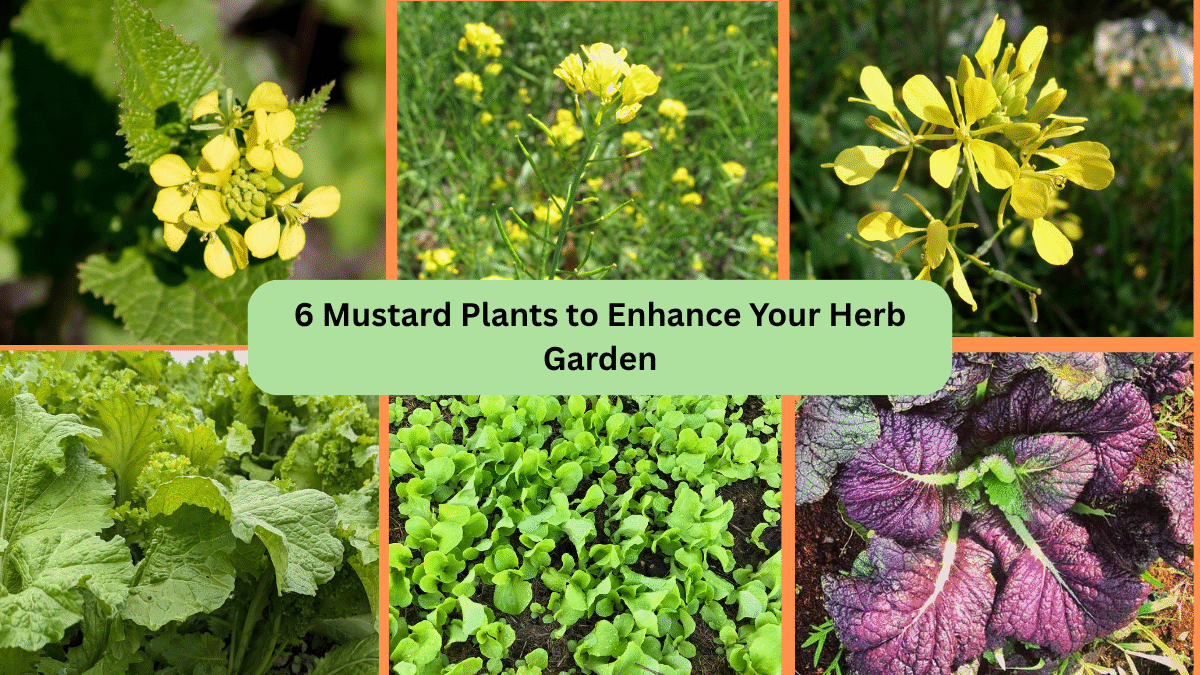

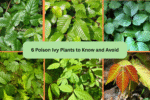
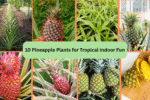
Leave A Comment